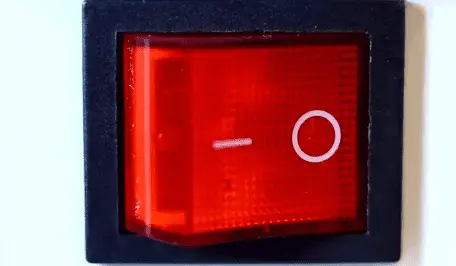As one of the most critical components of any electronic device, the power button is essential for controlling when a device is on and off. This makes it a crucial part of any hardware design, allowing users to adjust settings and conserve Power when necessary.

To write a compelling article about the power button, it’s essential to understand its function and how different devices incorporate this feature. Typically, a hard power button physically engages mechanisms that allow or prevent current from flowing through the device. A soft power button, by contrast, generally uses electrical signals to control these same functions.
Other considerations when writing about the power button include its size, shape, and location on a given device. Some devices may have more than one power button—for example, a laptop may have separate switches for turning on and off the screen versus the entire system—while others may have no physical indication and rely solely on software control.
Whatever device you’re writing about, it’s essential to describe its power button clearly and in detail so that readers can understand how to use this critical component effectively.
On and Off Power Button Symbols
When you see the “I” or “O” symbols on a power button or switch, that typically means that pressing the button will turn the device on or off; this can be useful if you’re unsure what position the power switch is currently in, as it makes it easy to determine which way to press the button to achieve your desired result.
Recently, I took an old radio device where Power is not presented as “On” or “Off.” Instead, there were symbols.
Is Circle On or Off?
A circle symbolizes Power Off. Five important symbols show various Power modes. Usually, on multiple devices, the Power On symbol is “I” (a vertical line similar to the letter I ), while Power Off is presented with the circle (O).
Below this image, you can see 5 Power Modes – symbols for the on and off switch, toggle power, Power, and sleep mode:

Sometimes, Power on or off can be presented using binary digits. For example, digit 1 represents Power on, while 0 is zero Power off. In ancient devices, Pushed In means Power on, while Pushed Out means Power off.
- Facebook Ads to Get Followers! - December 27, 2024
- ClickUp vs. Slack - December 20, 2024
- Mastering E-Commerce Analytics: A Blueprint for Success





